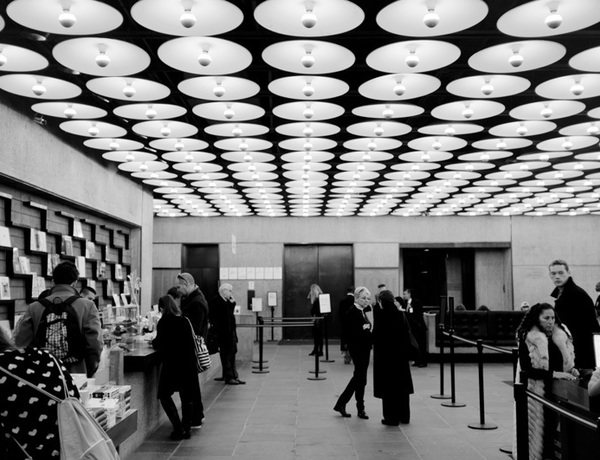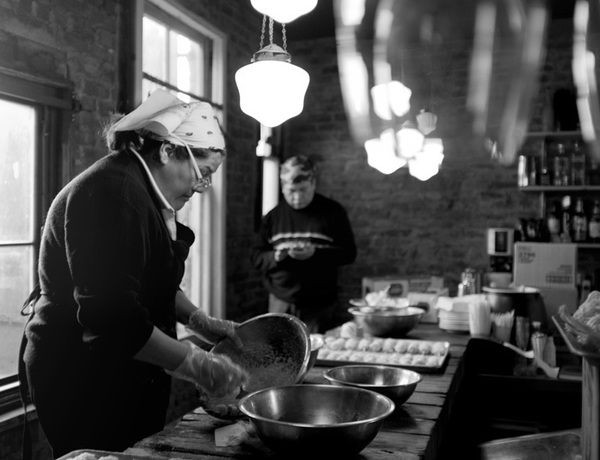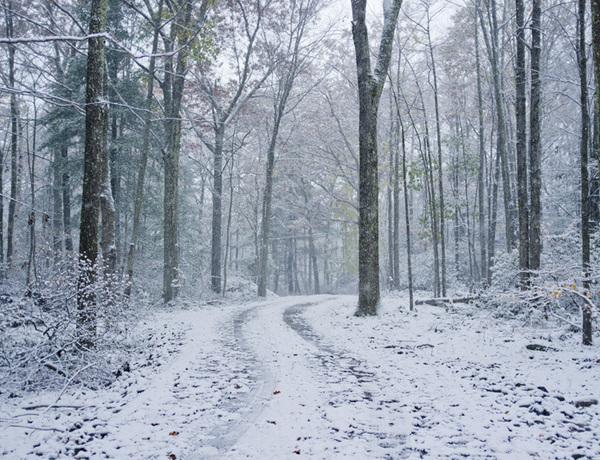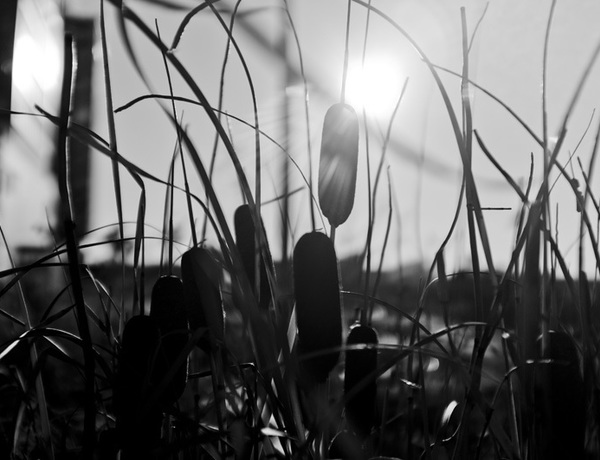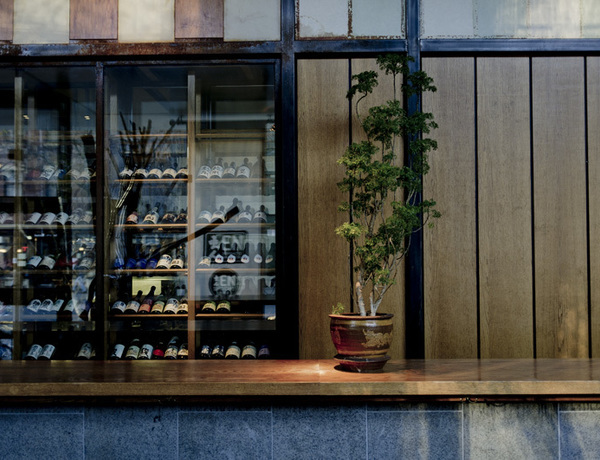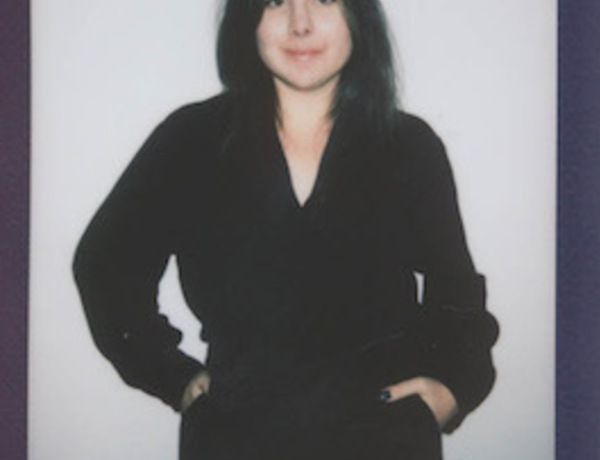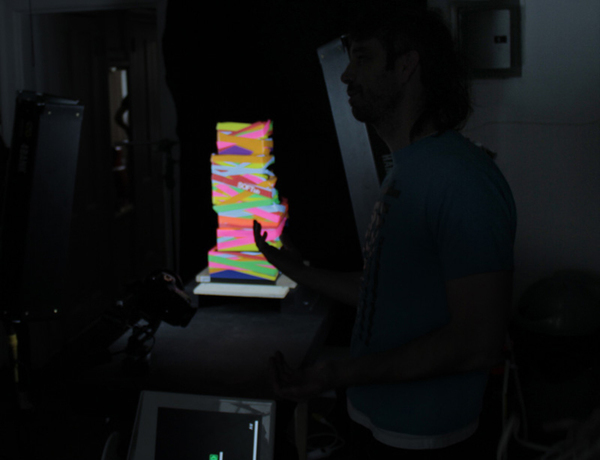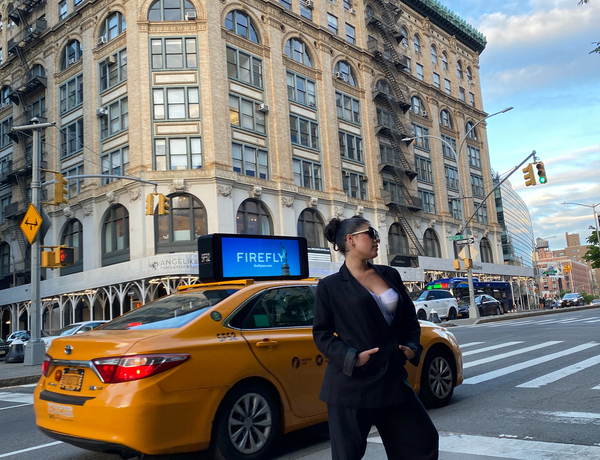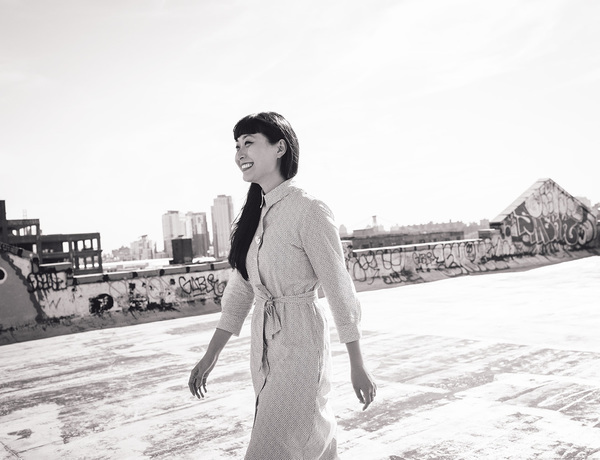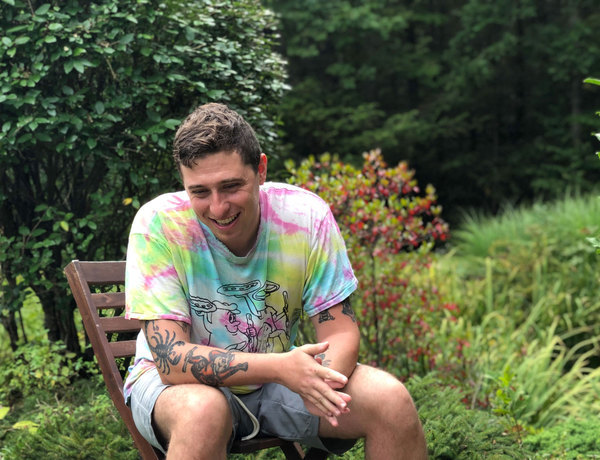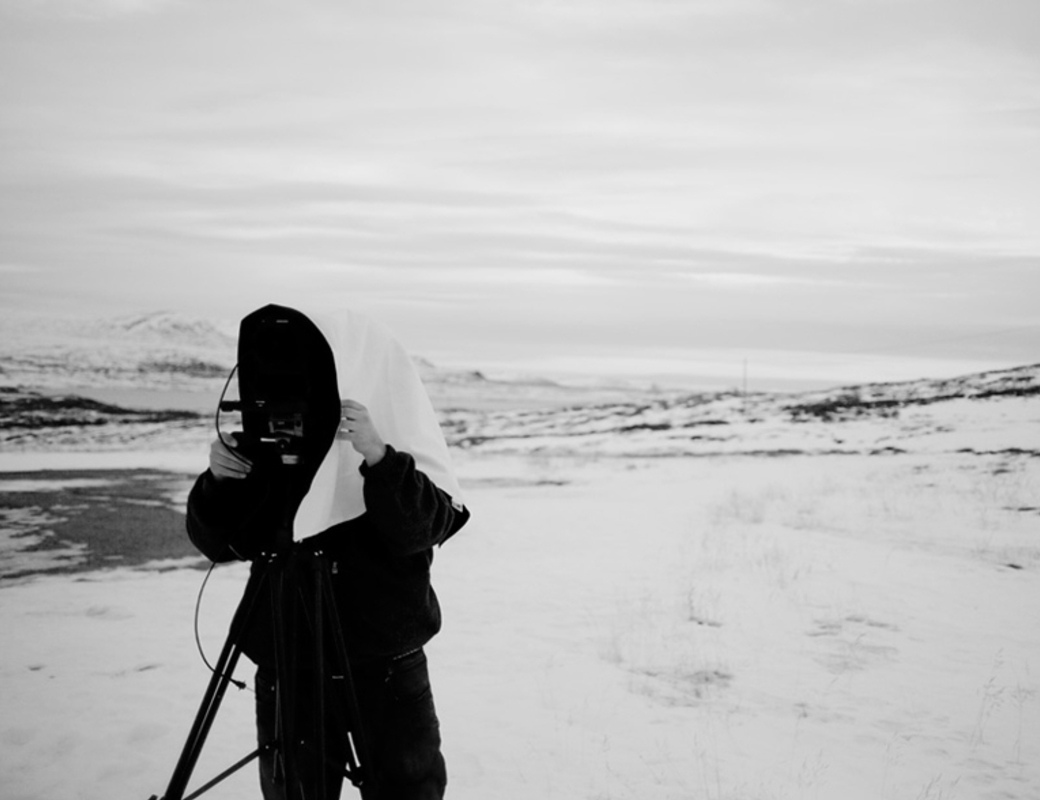
About Jason
Jason Koxvold is a creative director at StrawberryFrog, artist, and co-founder of Renegade Pencils, an organisation that helps give children access to a creative education. His work has been exhibited at MoMA, the Los Angeles Museum of Contemporary Art, RESFEST, SXSW and the Los Angeles Film Festival. He has held creative workshops in Singapore; glued reflective balls to interns in San Francisco; spent hundreds of hours photographing landfills in Tokyo;
driven an ambulance across Europe and Central Asia to raise money to build schools; raced motorcycles in the Scottish grand prix series; been interviewed by the Russian FSB in a holding cell in the Arctic Circle, and by the Joint Terrorism Task Force in Kentucky.
Current city:
New York
Jason Koxvold is a creative director at StrawberryFrog, artist, and co-founder of Renegade Pencils, an organisation that helps give children access to a creative education. His work has been exhibited at MoMA, the Los Angeles Museum of Contemporary Art, RESFEST, SXSW and the Los Angeles Film Festival. He has held creative workshops in Singapore; glued reflective balls to interns in San Francisco; spent hundreds of hours photographing landfills in Tokyo;
driven an ambulance across Europe and Central Asia to raise money to build schools; raced motorcycles in the Scottish grand prix series; been interviewed by the Russian FSB in a holding cell in the Arctic Circle, and by the Joint Terrorism Task Force in Kentucky.
